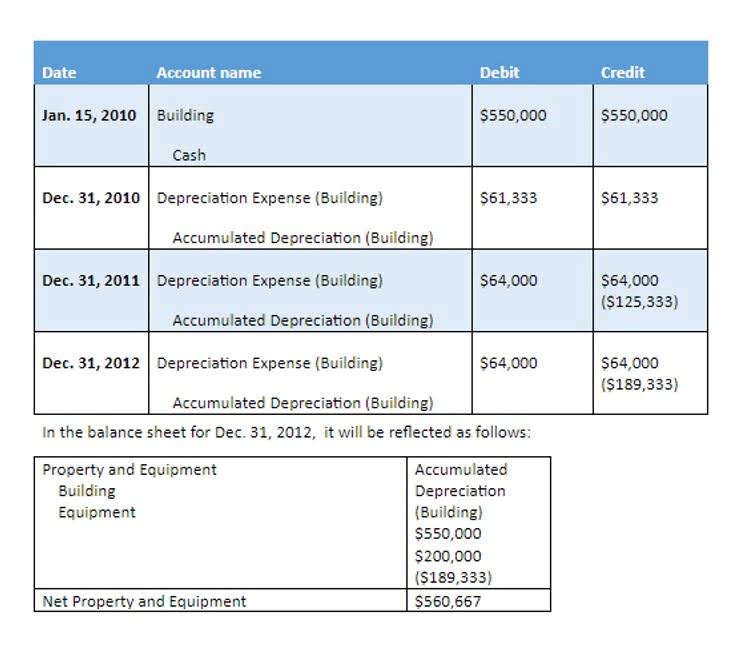
Fabrizi also talked about the common challenges manufacturers face when calculating the costs of production. In his experience, the most common challenges are a lack of accurate data and the complexity of costing methods. According to McKinsey’s research, cutting down manufacturing costs, in addition to boosting productivity, is the key for manufacturing companies to remain competitive.
Example of Calculating Cost of Goods Sold (COGS)
Direct Labor Cost comprises the wages, salaries, and benefits paid to employees directly involved in the manufacturing process. These employees work directly on the production line and contribute directly to the creation of the goods. This means that unfinished products that were transferred into Work in Process (WIP) inventory are left out of the sum. In short, tracking total manufacturing cost can reveal how well a business is operating. If the figure increases between manufacturing accounting periods, it can indicate that resources are not being used efficiently.
Finding the Cost of Goods Sold (COGS) using COGM

To be able to do this, though, it is important that you calculate https://www.bookstime.com/ the manufacturing costs with a production timeline in mind. This will make it easier and more manageable to pinpoint the number of funds that are being allocated to the manufacturing process in that time frame. The total cost of manufacturing refers to the cost incurred to produce a product, and it includes the cost of materials, labor, and overhead. Also, one of the costs that you need to especially watch out for is the depreciation in the value of your raw materials.

What are the benefits of calculating total manufacturing cost?
In general, COGM provides the business with critical information about the cost variables. Note that COGM is https://www.facebook.com/BooksTimeInc/ also known as the cost of goods produced or the cost of goods finished by some specialists. You also need powerful tools to track and optimize resource utilization to boost your organization’s profit margins. This is where Itefy’s Manufacturing Equipment Management Software comes in.


If all of the goods finished during a period were also sold, COGS and COGM would equal each other. Determining manufacturing overhead expenses also helps with budgets for manufacturing overhead. Knowing your manufacturing overhead costs means you can budget the money needed to cover these costs. The direct labour hourly rate is the sum of all wages, plus payroll taxes and fringe benefit costs for the period.
Analyze your supply chain for opportunities to consolidate suppliers, negotiate better terms, reduce lead times, and minimize transportation costs. Utilize technologies like supply chain analytics and forecasting tools to make informed decisions and improve overall efficiency. Regularly reviewing supplier contracts and negotiating better terms can significantly impact your manufacturing costs. Suppliers often offer discounts for bulk purchases or extended contracts, which can reduce your material costs. Additionally, revisiting service contracts for equipment maintenance and utilities can uncover total manufacturing cost formula opportunities for cost savings.

Examples of Total Manufacturing Cost Calculations
- ERP/MRP software, however, continuously calculates the direct material cost from purchases as well as the direct labor costs by summing up reported work hours of manufacturing orders.
- This final inventory report pertains to services, goods, and products made available to consumers.
- Manufacturing overhead means those manufacturing costs that aren’t direct material or direct labor.
- These are employees who physically assemble the product or operate machinery.
- This total is often used to calculate the manufacturing overhead rate, which indicates the percentage of the company’s revenue that goes toward covering manufacturing overhead costs.
Learn how Cin7’s all-in-one inventory management software can help your business. We are aware of few businesses, that tracks a small thread and amount of adhesive that are used in the assembly of Machines components. For few business its good, but for larger machine assemblies this may not be needed. Here’s a short video explaining how the cost of goods sold formula works in manufacturing. To calculate this, divide the number of units produced by the number of hours needed to produce them. In fact, this software will also help you determine the optimal level of safety stock for your business.
Physical Asset Management: Importance, Examples, and Mistakes
This generally includes materials and labor, which vary based on many factors, such as demand planning and staffing.Wondering how to calculate direct materials cost? Direct materials are calculated by subtracting the direct materials left at the end of the production period from the total amount of materials you started with and purchased in the period. Finally, a total manufacturing cost analysis might lead to a review of production processes, to see if they can be made more efficient. Doing so may reduce costs, increase product quality, and speed up the production process – which in turn may attract more customers due to the company’s reduced order turnaround times. First, having a complete understanding of these costs makes it easier to benchmark them and determine which ones can be reduced. This is an ongoing process of paring back expenses that can result in significant cost reductions over time.
- For example, the wood, textile, and timber used to create chairs and tables would be considered direct material in a furniture manufacturing unit.
- Imagine that a production manager, John, in a furniture manufacturing company analyzes the TMC every quarter to determine the total manufacturing cost variance from the standard or estimated figures.
- Total manufacturing costs include all costs incurred in the period, regardless of whether the product was completely finished.
- The direct materials costs would include the wood to make the house and any glue or nails used to hold it together.
- Before making decisions about inventory selling prices or changes to the manufacturing process, take a look at your total manufacturing cost.
- Work in process inventory, waste, and scrap all need to be accounted for as well.
Takt Time vs. Cycle Time vs. Lead Time: The Differences Explained
Likewise, if the manufacturing overhead represents a major chunk of the TMC, check your utility usage, rent, and maintenance to identify areas for potential savings. When you’re running a complicated manufacturing operation with many moving parts, again, efficiency is key. That’s where it’s valuable to enlist the capability of an ERP system that can help you manage your total manufacturing costs. An Enterprise Resource Planning system is software that can help you manage all of the core supply chain, manufacturing, services, financial and other processes related to your organization.
